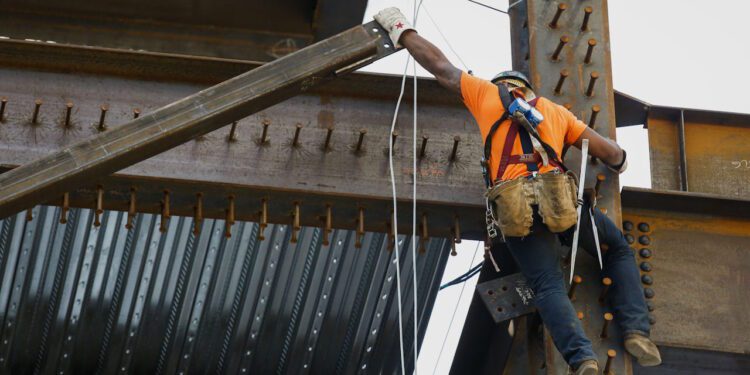In the world of employment, some occupations come with inherent risks that make them significantly more dangerous than others. From working at great heights to dealing with hazardous materials, these jobs require a unique combination of skill, bravery, and precaution. Despite advancements in safety protocols and technology, these professions continue to pose serious threats to the health and well-being of workers. Here are the top 5 most dangerous jobs:
1. Logging Workers
Topping the list as one of the most perilous occupations is logging. Working in forests, loggers face numerous hazards daily, including falling trees, heavy machinery accidents, and exposure to extreme weather conditions. The rugged terrain adds an additional layer of danger, making slips, trips, and falls common occurrences. Despite safety measures such as protective gear and training programs, logging remains an inherently risky profession.
2. Fishers and Fishing Workers
The fishing industry presents its own set of dangers, with fishers and fishing workers facing risks both onshore and at sea. Inclement weather, rough waters, and mechanical failures make maritime accidents a constant threat. Moreover, working with heavy equipment and sharp tools increases the likelihood of injuries. Despite advancements in technology, the isolation of deep-sea fishing and the unpredictability of marine environments contribute to its status as one of the deadliest occupations.
3. Aircraft Pilots and Flight Engineers
Flying thousands of feet above the ground, aircraft pilots and flight engineers encounter unique risks associated with aviation. While air travel is statistically safer than many other modes of transportation, pilots face the potential for catastrophic accidents, such as mid-air collisions, engine failures, and severe weather conditions. Additionally, the long hours and irregular schedules inherent in the profession can lead to fatigue, impairing decision-making and reaction times.
4. Roofers
Working at heights exposes roofers to significant hazards, including falls, slips, and equipment accidents. Roofing materials such as tiles, shingles, and metal sheets can be heavy and unwieldy, increasing the risk of injuries from lifting and handling. Moreover, exposure to extreme temperatures and inclement weather further complicates the job, increasing the likelihood of accidents and health issues. Despite safety regulations mandating fall protection systems, roofing remains one of the most dangerous construction-related occupations.
5. Trash and Recycling Collectors
While often overlooked, the job of trash and recycling collectors is fraught with danger. Workers in this field face hazards such as traffic accidents, exposure to hazardous materials, and injuries from heavy lifting. Maneuvering large trucks in urban environments poses additional risks, with the potential for collisions and pedestrian accidents. Moreover, exposure to toxic substances and biohazards further compounds the dangers associated with waste management.
Conclusion
These 5 occupations represent some of the most dangerous jobs in the world, each presenting unique risks and challenges to workers. While advancements in safety technology and regulations have improved conditions to some extent, the inherent dangers of these professions persist. Employers must continue to prioritize the safety and well-being of their workers through comprehensive training, appropriate equipment, and strict adherence to safety protocols. Additionally, policymakers and industry stakeholders must collaborate to address systemic issues and ensure that workers in these high-risk occupations are adequately protected. Despite the inherent risks, many individuals continue to pursue careers in these fields, driven by passion, necessity, or economic opportunity. However, it is essential to recognize and mitigate the dangers they face to ensure a safer workplace for all.


